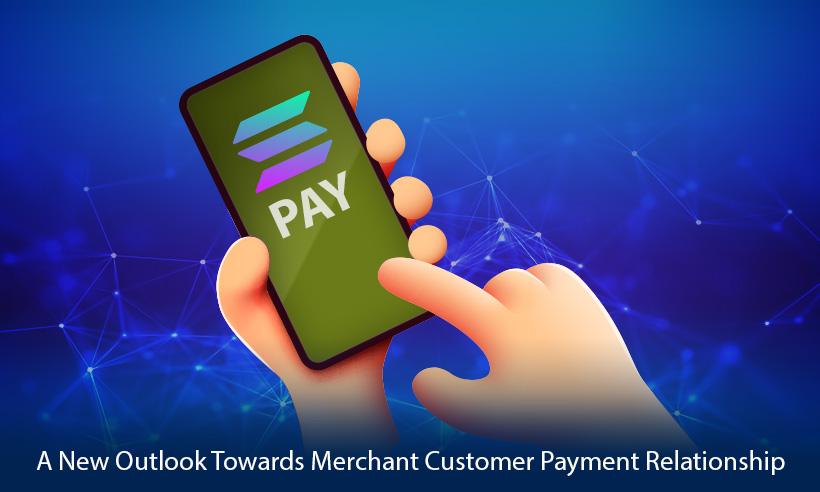May 13, 2022
Solana Pay - A New Outlook Towards Merchant-Customer Payment Relationship
.
Disclaimer: The views and opinions expressed in this article are for informational purposes only and do not constitute financial, investment, or other advice. Investing in or trading crypto assets comes with a risk of financial loss.
